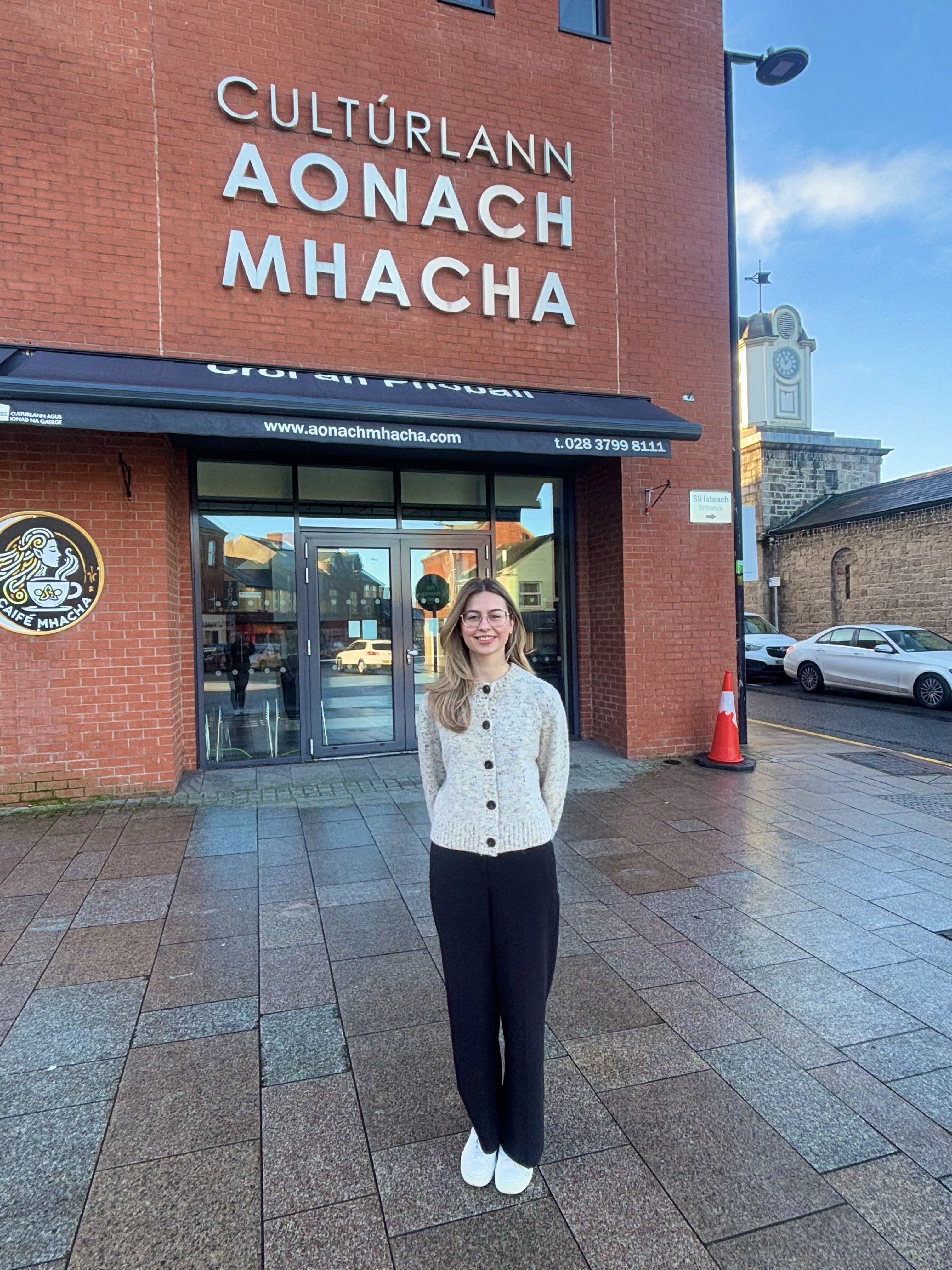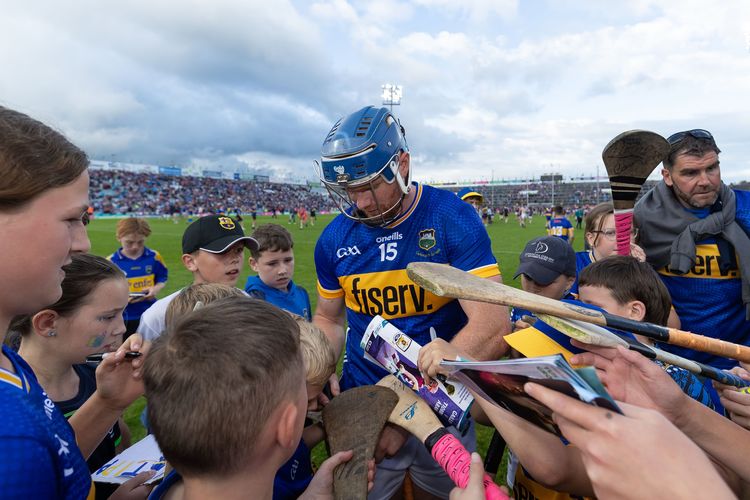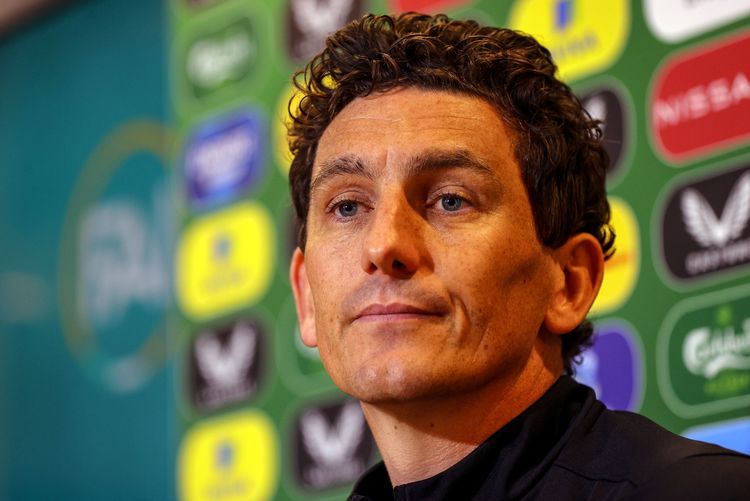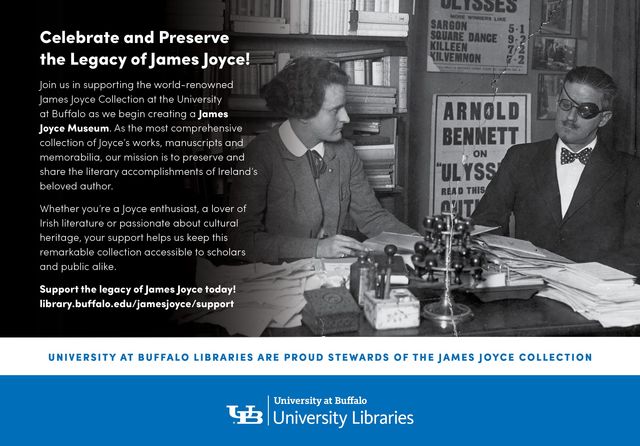Aonach Mhacha in Ireland's ecclesiastical capital Armagh and the Celtic Junction Arts Center in Minnesota joined forces at the end of 2024 to forge a transatlantic connection that opened a gateway into an Ghaeilge for students on both sides of the pond.
“This program ran for six weeks,’ says Séamas Mac Eochaidh, Education Officer at Aonach Mhacha in Armagh and “highlighted the importance of fostering connections among Irish language learners, regardless of location.” TRANSATLANTIC TEAMWORK: Séamus Mac Eochaidh with students on the new Gaeilge portal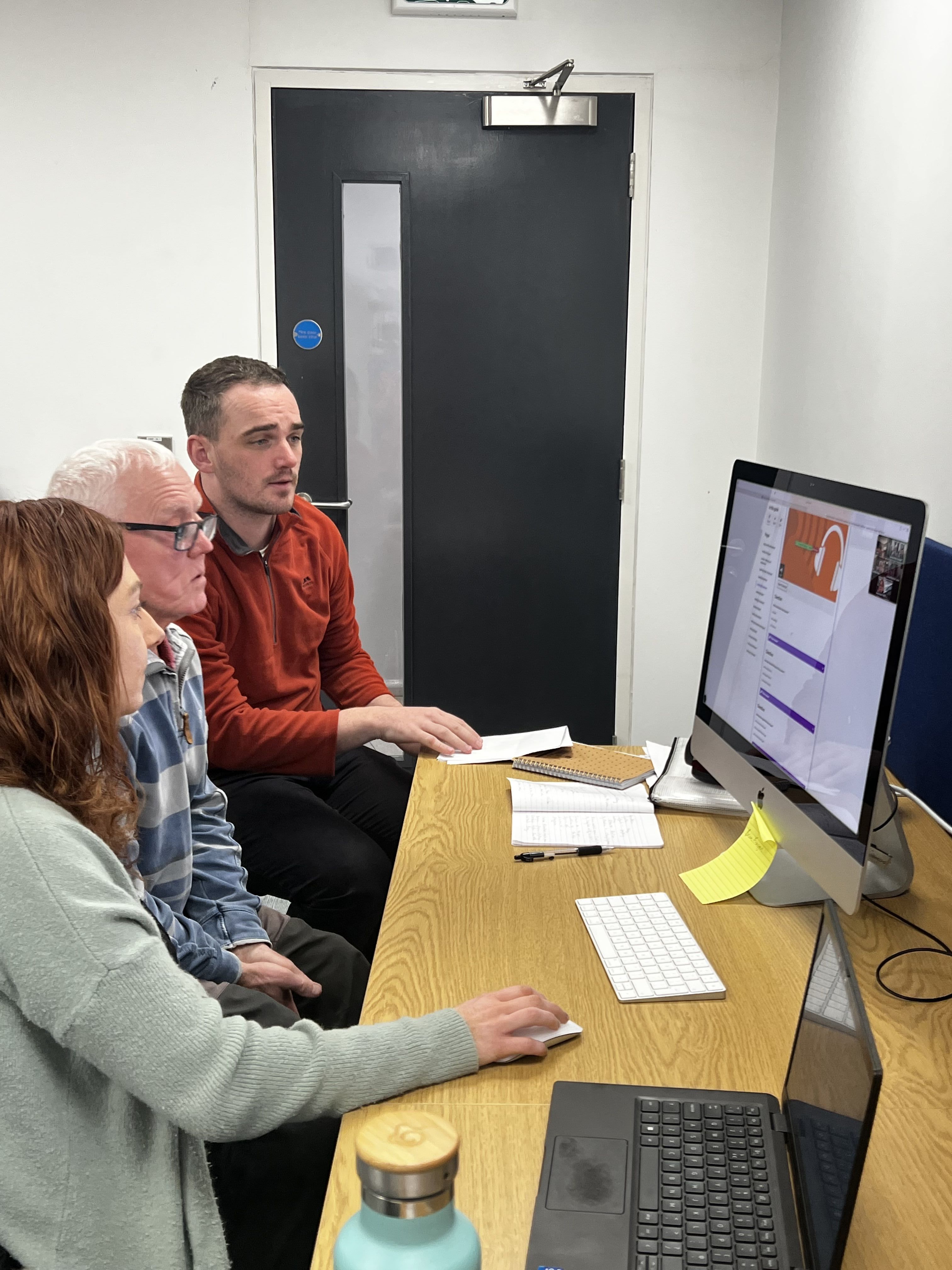
The initiative has pioneered a new era of transatlantic co-operation to promote the Irish language.
“As Director of Education at Celtic Junction Arts Center,” says Dr. Patrick O’Donnell, “my mission is to make our Minnesota cultural center one of the best places in America for adult learners to engage with the Irish language in an informal and friendly manner aligned with the highest pedagogical standards.” Dr. Patrick O'Donnell, Director of Education at Celtic Junction Arts Center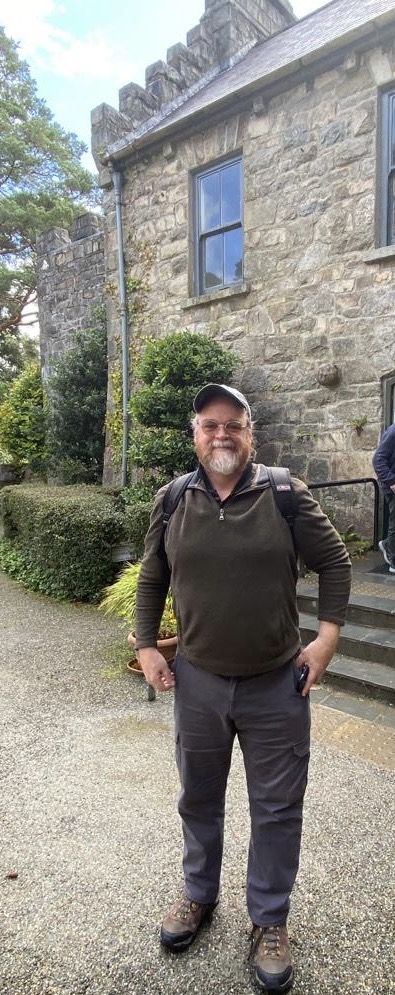
“Their staff at Aonach Mhacha facilitated this Conversation Portal because we already had an ongoing partnership with the Gael Linn office in Dublin. There is a lively and living cultural exchange between Dublin, Armagh, and St. Paul, Minnesota for almost three years at this point,” says Dr. O’Donnell.
That lively cultural exchange is certainly evident in the portal classes with easygoing conversations flowing between Armagh and Minnesota.
“An Ghaeilge has an innate ability to connect individuals to their past, their culture, to themselves and ultimately, to one another,” says Mac Eochaidh.
“It is a deeply personal experience but learning a language must be communal, which is what this portal inspires to be – a communal and collective learning experience,” he adds.
“It’s actually helping my own Irish because you have to do a bit of preparation,” says one of the learners on the Irish side of the pond, Canice Nugent, from Lurgan, Co. Armagh. “The teacher (Séamas) sets some hard work; that’s the only complaint,” he jokes. 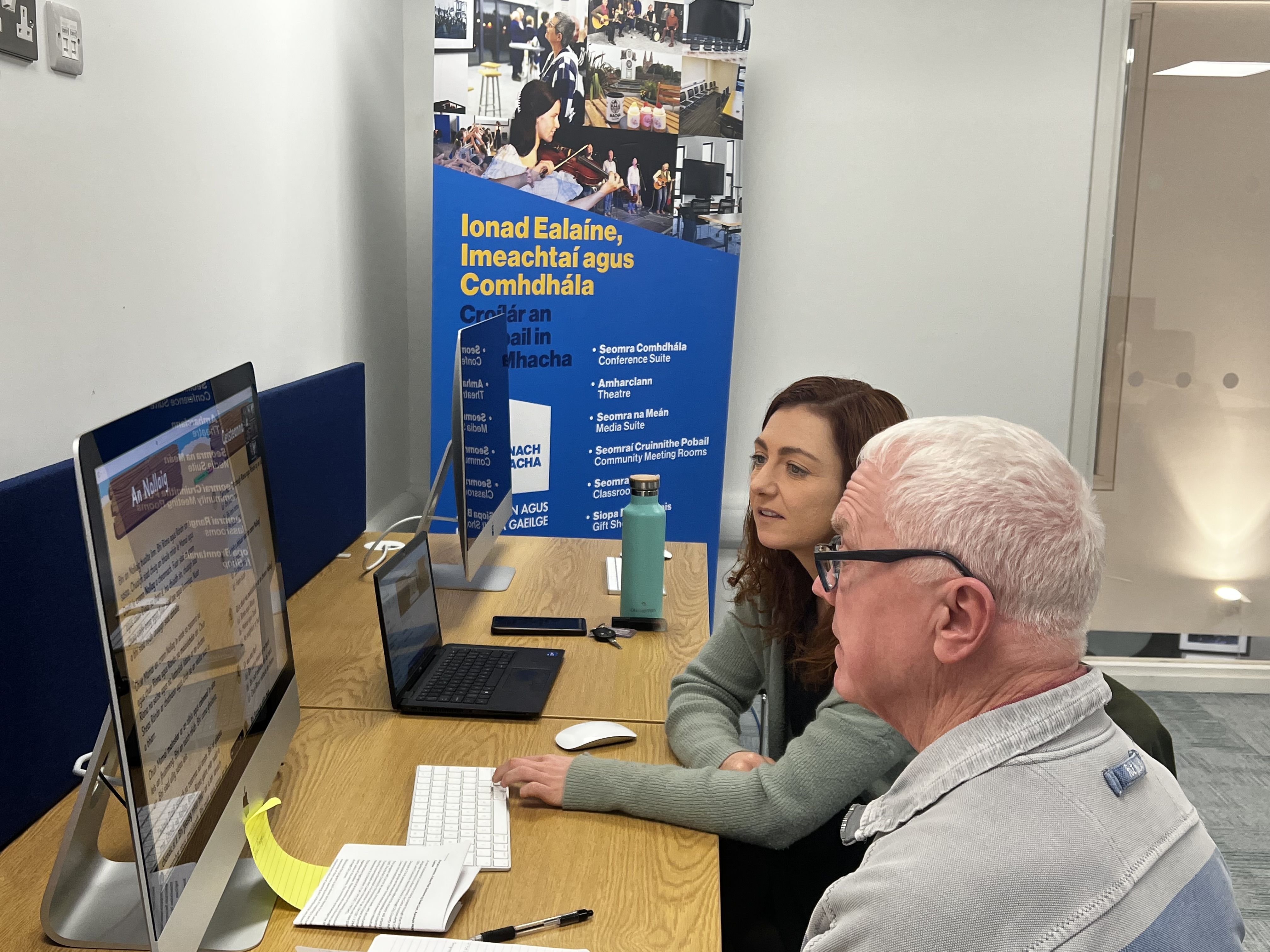
“Well-structured” and “well-organized” are phrases continually repeated by all participants, and, of course, many share diverse and interesting reasons on why they were dipping into this transatlantic adventure.
“I need more practice speaking,” says Kate Daly in Minnesota. “You can read and write and conjugate, and study grammar, but I felt the practical application of interacting with people is fantastic.”
That's a view echoed by Tracey McArdle from Armagh. “It seemed like a different opportunity, a good way to put yourself out of your comfort zone, which is scary but helps you to learn. It’s building the confidence through using Irish more."
Different accents and dialects resounded throughout the classes and while an initial tuning of ears was required soon everyone segued into a chorus of chatter as Gaeilge.
“I love the Ulster dialect, so I was thrilled to be able to do this,” says Terre Markes in Minnesota.
The concept of the transatlantic portal was in the news after the virtual portal between Dublin and New York created quite a buzz in the summer — eventually being closed down due to inappropriate behavior on the Irish side.
“The name ‘Portal Comhrá’ started as an offhand joke during a Zoom call,” says Eimear O’Hanlon, Irish Language Development Officer at Aonach Mhacha.
Réamonn Ó Ciaráin, CEO of Gael Linn and co-founder and Chairman of Aonach Mhacha was on that Zoom call alongside Séamas, Eimear and Patrick to discuss the possibility of a transatlantic Ciorcal Comhrá or Conversation Group between Irish learners in Aonach Mhacha and the Celtic Junction Arts Center.
“Around the same time, the concept of portals had gained significant cultural attention, following the launch of the viral Dublin-New York Portal installation,” says O’Hanlon. “This immersive project allowed people in these two cities to connect in real-time through life-sized screens, creating a sense of shared space across vast distances.”
But there was something very special about this magical portal uniting Ireland’s ancient past and language with a group of modern learners and technology across a linguistic landscape between Armagh and Minnesota.
“This portal shows a sense of ‘athmhuintearas’ which encapsulates the profound role of an Ghaeilge as more than just a medium of communication,” says Mac Eochaidh.
“It is a vessel for identity, heritage, and collective belonging. There’s a power of transformation when learning any language, but Gael Linn believes that learning an Ghaeilge fosters and promotes an expression of a richer self-identity,” he continues.
The course materials were beautifully presented in vivid colors and attractive formats to the students, with the suggestion they spend 15 minutes reading the article together, 15 minutes watching the videos and listening, and the next 15 in active discussion.
The last class wrapped up before Christmas but a follow-up is planned in 2025. 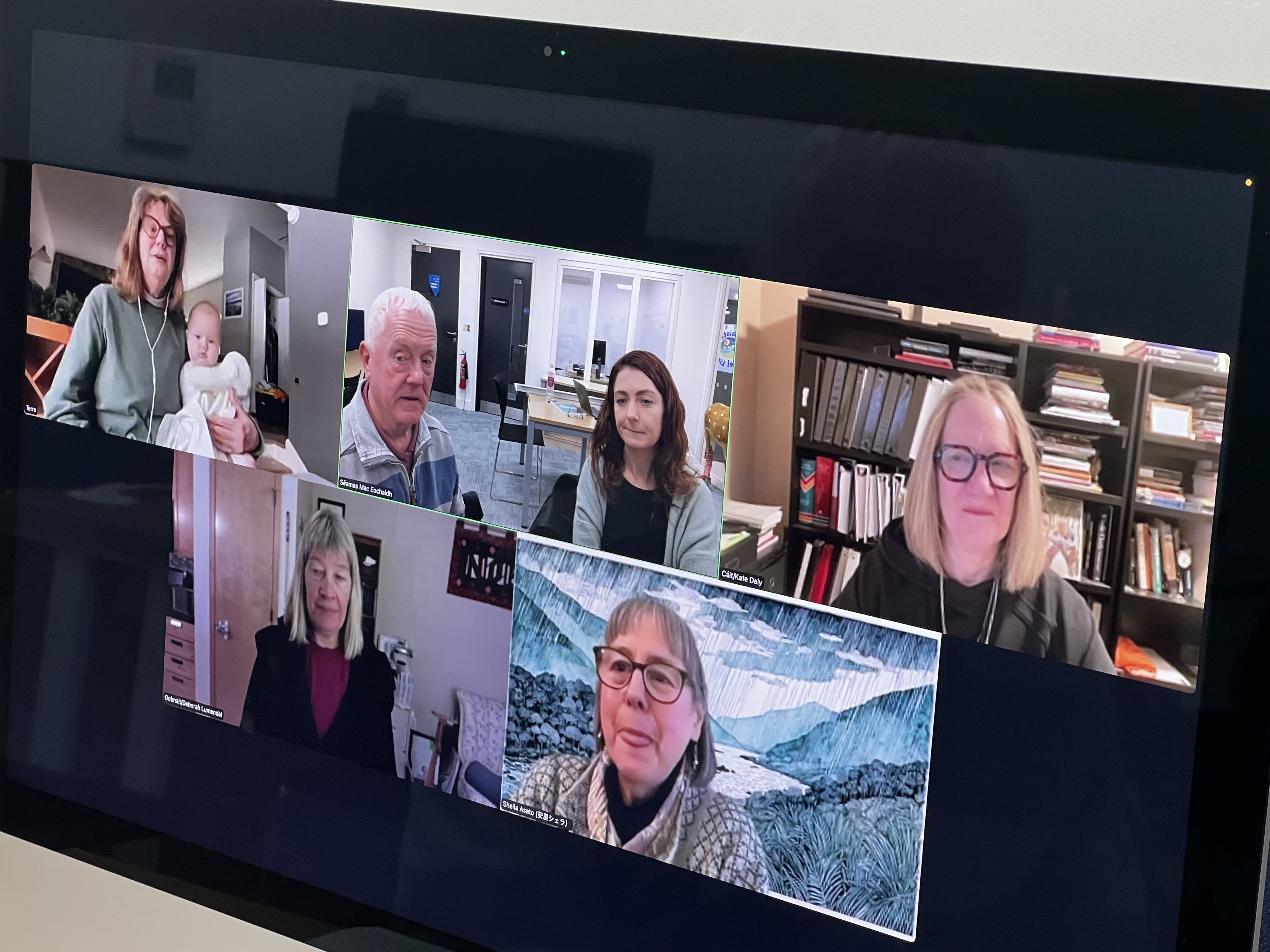
"I really like the listening exercises because that’s key,” says Deborah Lumendal in Minnesota.
“Struggling to speak is one thing but you also have to hear the language if you’re going to have conversation."
“The fact that it is international is really interesting to me,” says Sheila McNellis Asato, also of Minnesota.
“I think it’s in these situations where we stumble around together with people from different places and are focused on learning something together, that we have one big thing we can do for peace,” she reflects.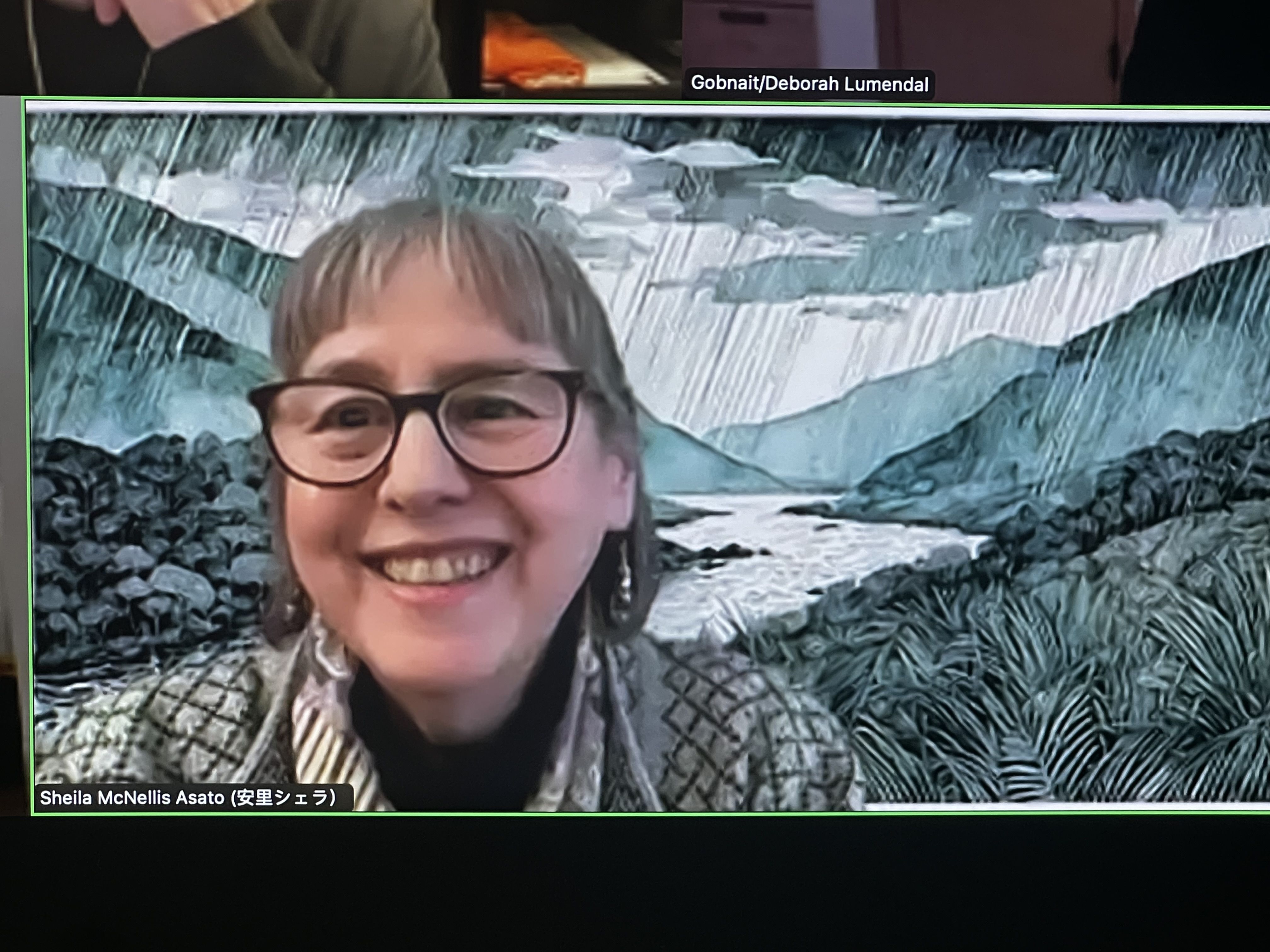
What, why, or how people are drawn to the Irish language, especially outside of Ireland, is always a question of intrigue, and Sheila shared her fascinating entry into the language.
“I research dreams and creativity and healing,” she begins. “I had two Irish words show up in my dreams the day I found the land date for my first Irish ancestors in America, and I didn’t even know the Irish language existed,” explains Sheila.
“And the words were fáilte and a couple of days later, milis. And it’s extremely rare to have text appear in dreams,” she continues, “so I got very curious to see who or what is offering sweet welcome, and so I have been having to learn this ever since.”
In 2024, Gael Linn ran 13 Irish language courses in Minnesota with over 100 learners studying Irish at various levels. "These classes demonstrate that Irish is not confined to Ireland, reflecting the growing interest in the language worldwide," adds Mac Eochaidh. "It also highlights the employment opportunities associated with Irish globally."
For more information, check out the Celtic Junction Arts Center in Saint Paul, Minnesota and the Aonach Mhacha Cultural Centre in Ireland's ancient city of Armagh.

